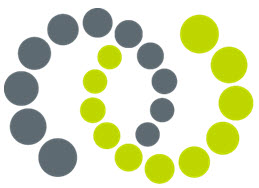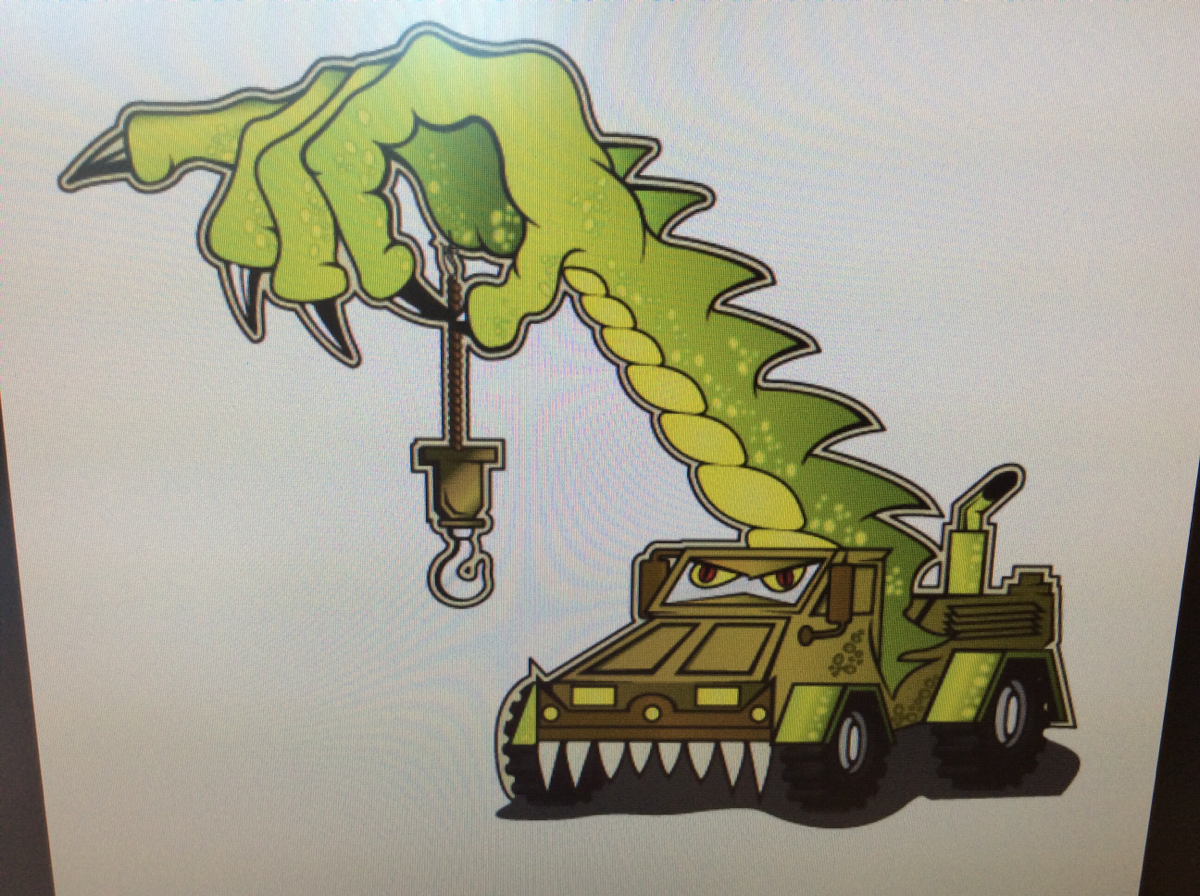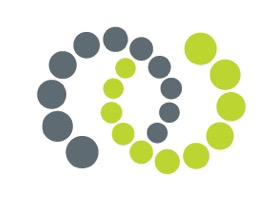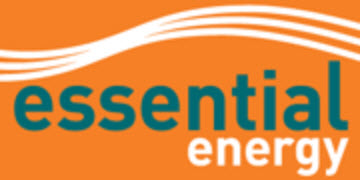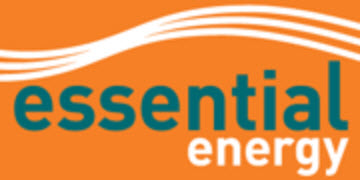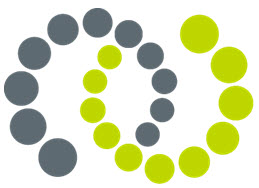Information
-
Document No.
-
Audit Title
-
Client / Site
-
Conducted on
-
Prepared by
-
Location
-
Personnel
Personnel Requirements
-
1.0 Auditor/visitors inducted onto worksite
-
1.1 E.E photo ID card immediately available (all employees)
-
1.2 General induction (white card) available all emplyees
-
1.3 Operator of EWP has Work Cover High Risk Licence
-
1.4 E.E authorised contractors level 2 category 3 or 4 (appropriate for task) in date
-
1.5 Qualified supervisor certificate/contractors licence in date
-
1.6 E.E customer notification leter available
-
1.7 E.E authority to enter lands card available
-
1.8 Qualified First Aid person on site and in date
-
1.9 Trafic Control Tickets in date and appropriate to the tasks assigned in risk assessment
-
1.10 Appropriate work instructions and SWMS in date and available onsite with all parties signed on
Plant and Equipment
-
2.0 All vehicles have E.E signage
-
2.1 All vehicles free of structural and body damage
-
2.2 Registration of vehicle inspected (EWP and Utility)
-
2.3 EWP electrical inspection in test period
-
2.4 EWP operational inspection log book completed
-
2.5 Flashing beacons/arrows/alarms and emergency stop buttons operate correctly
-
2.6 EWP boom clean and free of contaminates
-
2.7 Vehicles free of oil and air leaks and fluid levels are ok (EWP and Ute)
-
2.8 Lights and reflectors in good working order (EWP and Ute)
-
2.9 Tyres and wheels in good working order (EWP and Ute)
-
2.10 Cleanliness and General tidyness (EWP and Ute)
-
2.11 Voltage bands clearly visible on EWP boom
-
2.12 Electrical insulation rating table affixed and legible - EWP
-
2.13 Harness and lanyard inspected prior to use - free from defects and in within test period
-
2.14 CDD in good working condition, inspection in date
-
2.15 Dead man controls operational
-
2.16 Emergency controls easily accessible and controls appropriately labelled
-
2.17 Emergency stop controls function correctly
-
2.18 SWL clearly marked on EWP
-
2.19 Stabilisers/outriggers/packing in good working order
-
2.20 Level indicators affixed to plant
-
2.21 Ground controls function correctly
-
2.22 Fuels, Oils, Chemicals and hazardous substances correctly stored/ restrained with ventilation and signage
-
2.23 Tools and Equipment appropriately restrained
-
2.24 Appropriate First Aid Kit for electrical work onsite and in date, contents list inside, location signage/sticker visible
-
2.25 Spill kit available, field staff understand effective clean up, disposal and relevant hazard notification
-
2.26 MSDS and EWP operational manual available
-
2.27 Tools and equipment used up to date, tested and tagged, checked before use
-
2.28 Suitable fire extinguisher on vehicles, in test date and correct signage
-
2.29 Bushfire equipment avaible onsite, 9lt knapsack, shovel, rake, drinking water
-
Field notes
General worksite
-
3.0 Good customer consultation and appropriately informed customer of work being performed
-
3.1 Correctly completed HAC
-
3.2 Does the risk assessment reflect ALL HAZARDS of the job and have appropriate control measures been documented. (Exposure to live electrical apparatus, asbestos)
-
3.3 SWMS availble and sighted in doc box
-
3.4 Individual roles identified and understood by crew
-
3.5 Appropriate safety equipment and PPE available and used as per HAC, up to date testing and tagging and checked before used
-
3.6 Suitable traffic contol plan selected and implemented
-
3.7 Traffic Control plan number
-
3.8 Pedestrian access to worksite controlled and monitored
-
3.9 EWP appropriately chocked and levelled
-
3.10 Drop zones clearly marked
-
3.11 Drop zones clear whilst work is being conducted
-
3.12 Safety Observer nominated and clearly visible, holds EWP High Risk Licence
-
3.13 Safety observer can quickly identify how to operate base controls system
-
3.14 Perform close approach testing prior to working on switchboard
-
3.15 Switchboard inspected and safe to carry out works
-
3.16 Switchboard rescue kit on site - correct contents
-
3.18 Pole inspection carried out prior to climbing or changing structural loading
-
3.19 Pole Top Rescue Kit contents correct and located at base of ladder.
-
3.20 Inadvertent contact with energised conductors controlled (working below conductors, mats used)
-
3.21 Lifting and rigging equipment rated and inspected prior to use
-
3.22 Ladder secured when working at POS
-
3.23 Service bond disconnected at POS
-
3.24 Existing service height and tension recorded
-
3.25 Service secured and lowered correctly (correct position and use of tensioner)
-
3.26 Conductors scratched and greased before new connections are made
-
3.27 Netral tags installed and then removed once connections are complete
-
3.28 Service tails controlled at all times when working near live conductors
-
3.29 Consumers mains stripped in HSC's
-
3.30 Connections completed correctly
-
3.31 Exposed live terminals covered appropriately, maintained under worksite control (S/B locked if unattended)
-
3.32 All electrical testing observed by the 2nd electrically qualified staff member
-
3.33 Correct testing, identification and marking of network conductors
-
3.34 All electrical testing & connections witnessed by 2nd electrically qualified staff member
-
3.35 Resealed all E.E equipment via all available sealing points
-
6.36 Old hardware removed from network & pole/s
-
Field notes
Asbestos Controls
-
4.0 Correct PPE and correct usage
-
4.1 Approach board with P2 Mask
-
4.2 Suitable switchboard preperation/decontamination - as per asbestos management plan
-
Field notes
-
General comments
-
Close out meeting conducted
-
Time and Date.
-
Auditor
-
Work crew leader
